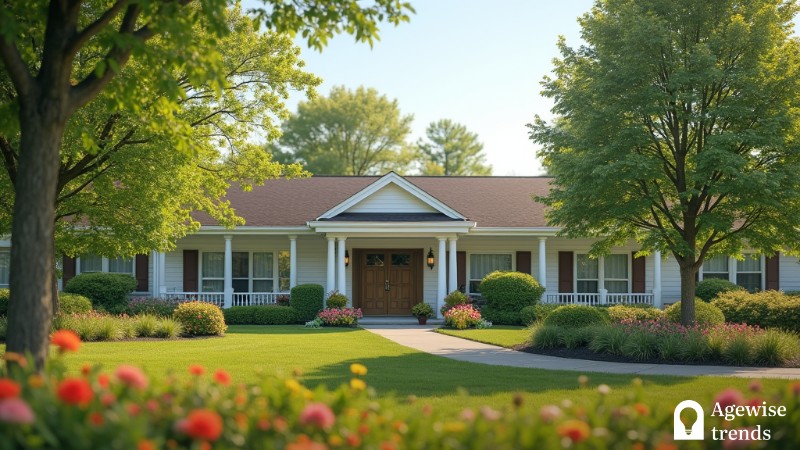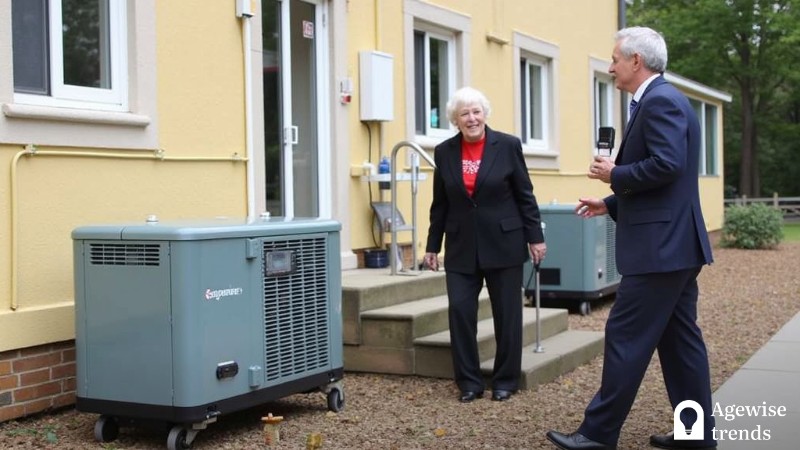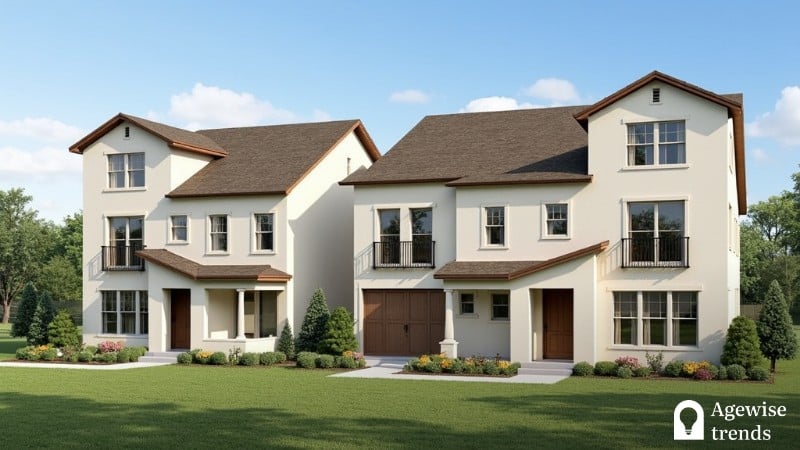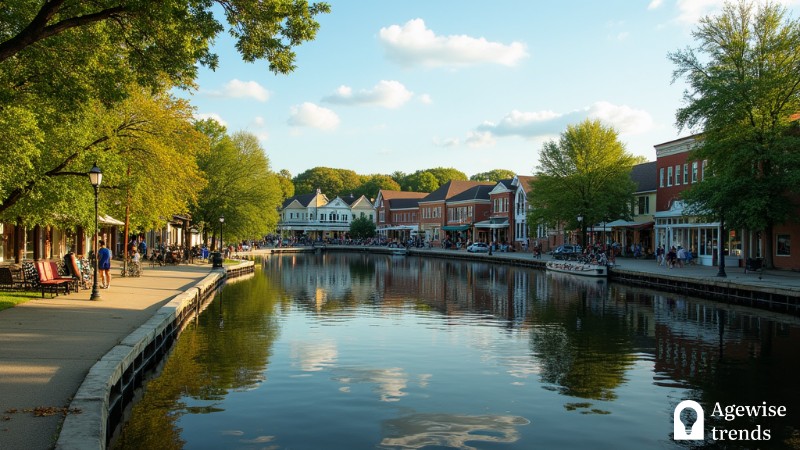The need for housing that supports physical needs, social connections, and independence is growing fast. For many seniors, housing isn’t just a roof over their head—it’s the foundation for community, freedom, and a good quality of life.
Independent living communities are designed for older adults who can handle daily tasks but want an easy-going lifestyle with social activities. These communities often offer private homes—such as apartments or townhouses—and shared spaces like fitness centers, gardens, and community rooms.
Activities in these communities encourage engagement, offering things like exercise classes, hobby groups, and cultural outings. Kathy O’Brien, a case manager with the Central Ohio Area Agency on Aging (COAAA), stresses the importance of these environments for staying socially and mentally healthy.
For seniors like Lynn Greene, who lives at Wellington Village Senior Apartments in Hilliard, Ohio, the community aspect is priceless. “I have everything I need right here,” Greene said, appreciating her ability to stay connected, despite health issues like COPD and heart disease.
However, affordability remains an issue for many. Greene, for example, uses a small pension and Social Security to pay her $1,100 monthly rent. Programs that help with rental costs are crucial, but long waitlists for affordable housing show the ongoing gap between supply and demand.
Key Takeaways
Ohio’s seniors face growing housing needs that prioritize physical support, social connections, and independence.
- Independent living communities offer private homes with shared spaces and activities to encourage engagement and socialization among seniors.
- Assisted living facilities provide a balance between independence and care for seniors who need help with daily tasks, focusing on social interaction and community building.
- New models like senior cohousing and elder villages are becoming popular alternatives to traditional senior housing, emphasizing mutual support and community connection.
Assisted living
Assisted living facilities provide a balance between living independently and receiving full care for seniors who need help with daily tasks. These places offer personal assistance, meals, and medical help, allowing residents to live respectfully while getting the support they need.
Besides care, assisted living facilities focus on social interaction, which is important for mental health and well-being. Group activities, events, and shared spaces help residents make friends and stay socially active. Building a sense of community can help seniors feel less alone as they move from living on their own to assisted living.
Rodney Harrell, from AARP, highlights that while many seniors want to stay in their homes as they get older, about 44% think they will need to move eventually. These moves usually happen due to health changes, requiring places that provide both care and chances to connect with others.
Community-based models
New ideas like senior cohousing and elder villages are becoming popular alternatives to traditional senior housing. Both focus on mutual support and keeping people connected to their community.
In cohousing, people live in private homes but share spaces like dining areas and gardens. This setup encourages collaboration and regular interaction, creating a close community where neighbors help each other. Elder villages, on the other hand, let seniors stay in their current homes while accessing a network of services and social activities through a membership system. These services—often run by volunteers—include transportation, home repairs, and planned events, allowing members to stay independent while staying socially connected.
Katie White, Director of the COAAA, highlights these models in addressing the challenges of aging in place. “It’s about offering choice and autonomy as they age,” she explains. For seniors who value familiarity, these options let them remain part of their community while getting the needed support.
Addressing affordability and accessibility
There are many housing options available, but affordability is a major issue for many seniors. But, financial problems, accessibility challenges, and the cost of making homes suitable for mobility needs often make this difficult.
In Franklin County, Ohio, where the number of seniors is expected to double by 2040, the demand for affordable housing has hit record levels. Case managers like O’Brien spend a lot of time advocating for clients and dealing with long waitlists for subsidized housing. Greene, who is in a rental subsidy pilot program, gets $350 a month to help with expenses, which is crucial for those on fixed incomes.
Experts suggest comprehensive strategies to tackle these issues. These include expanding rental assistance programs, investing in affordable housing development, and building partnerships between public agencies and private organizations. These efforts not only improve access to housing but also create supportive environments for the social and emotional well-being of older adults.















